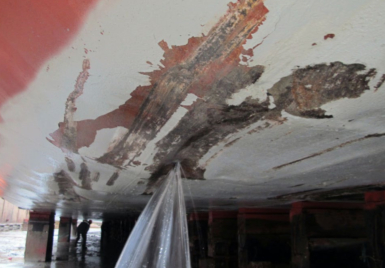
There is new scientific evidence from the International Agency for Research on Cancer that exposure to mild steel welding fume can cause lung cancer and possibly kidney cancer in humans. The Workplace Health Expert Committee has endorsed the reclassification of mild steel welding fume as a human carcinogen.
Consequences
With immediate effect, there is a strengthening of HSE’s enforcement expectation for all welding fume, including mild steel welding; because general ventilation does not achieve the necessary control. Continue reading “Change in enforcement expectations for mild steel welding fume”










